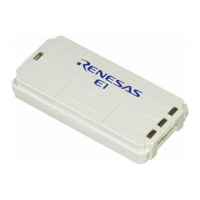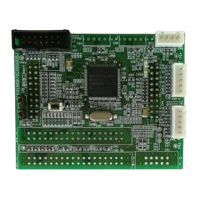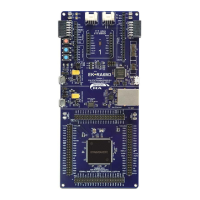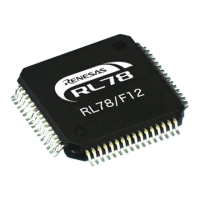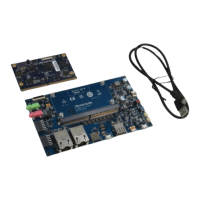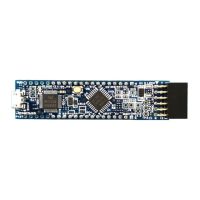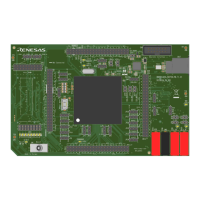4
4-15
EIT
32180 Group User’s Manual (Rev.1.0)
4.9 Interrupt Processing
4.9 Interrupt Processing
4.9.1 Reset Interrupt (RI)
[Occurrence Conditions]
A reset interrupt is unconditionally accepted in any machine cycle by pulling the RESET# input signal low.
The reset interrupt is assigned the highest priority among all EITs.
[EIT Processing]
(1) Initializing SM, IE and C bits
The PSW register’s SM, IE and C bits are initialized as shown below.
SM ← 0
IE ← 0
C ← 0
For the reset interrupt, the values of SM, IE and C bits are undefined.
(2) Branching to the EIT vector entry
The CPU branches to the address H’0000 0000 in the user space. However, when operating in boot mode,
the CPU jumps to the boot program. For details, see Section 6.5, “Programming the Internal Flash Memory.”
(3) Jumping from the EIT vector entry to the user program
The CPU executes the instruction written by the user at the address H’0000 0000 of the EIT vector entry. In
the reset vector entry, be sure to initialize the PSW and SPI registers before jumping to the start address of
the user program.
4.9.2 System Break Interrupt (SBI)
System Break Interrupt (SBI) is an emergency interrupt which is used when power outage is detected or a fault
condition is notified by an external watchdog timer. The system break interrupt cannot be masked by the PSW
register IE bit.
Therefore, the system break interrupt can only be used when the system has some fatal event already existing in
it when the interrupt is detected. Also, this interrupt must be used on condition that after processing by the SBI
handler, control will not return to the program that was being executed when the system break interrupt occurred.
[Occurrence Conditions]
A system break interrupt is accepted by a falling edge on SBI# input pin. (The system break interrupt cannot
be masked by the PSW register IE bit.)
In no case will a system break interrupt be activated immediately after executing a 16-bit instruction that
starts from a word boundary. (For 16-bit branch instructions, however, the interrupt is accepted immediately
after branching.) Note also that because of the instruction processing-completed type, a system break
interrupt is accepted after the instruction is completed.
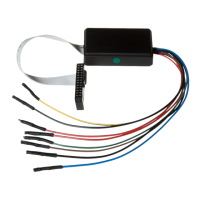
